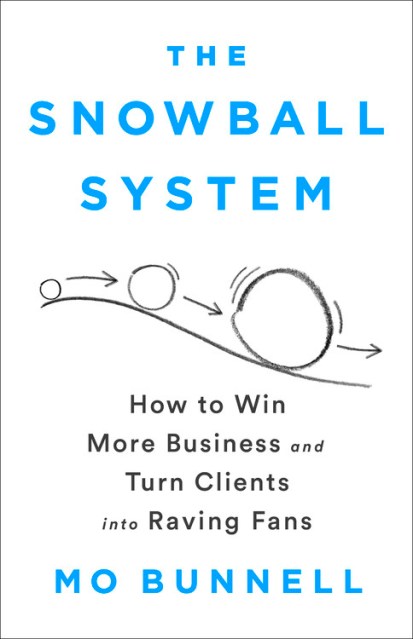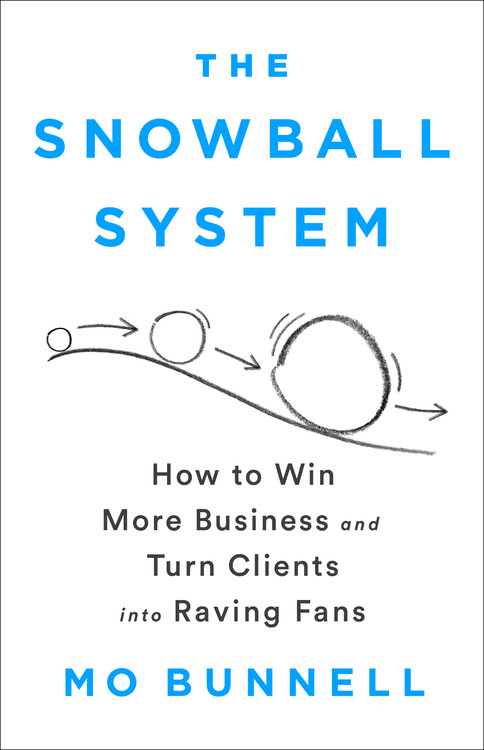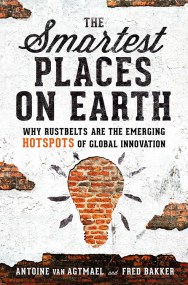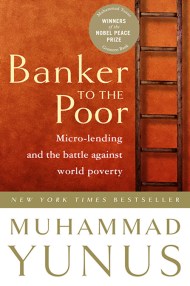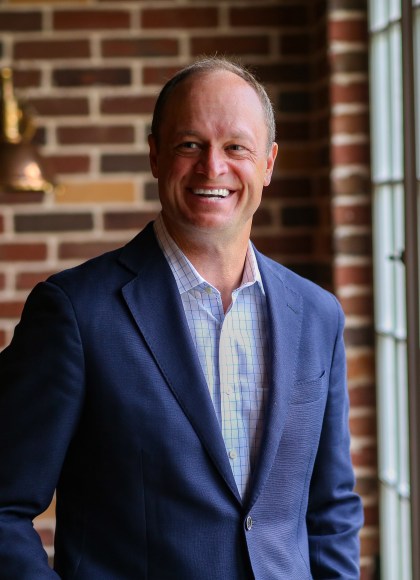Promotion
Use code MOM24 for 20% off site wide + free shipping over $45
The Snowball System
How to Win More Business and Turn Clients into Raving Fans
Contributors
By Mo Bunnell
Formats and Prices
Price
$29.00Price
$37.00 CADFormat
Format:
- Hardcover $29.00 $37.00 CAD
- ebook $16.99 $21.99 CAD
- Audiobook Download (Unabridged)
This item is a preorder. Your payment method will be charged immediately, and the product is expected to ship on or around September 11, 2018. This date is subject to change due to shipping delays beyond our control.
Also available from:
If you’re good at doing something, and you need to connect with paying clients in order to keep doing it, this book is for you. There are more of us out there than you might think — from professionals like lawyers and consultants to big company account managers and freelancers of all stripes. And this book will teach you how to sell yourself without selling your soul.
In The Snowball System, Mo Bunnell offers powerful and proven tools for business development. Whether you are gregarious or introverted, whether you are a part of a small startup or a massive multinational, Bunnell’s science-based system is effective and efficient, and easily adapted into your day-to-day work. With The Snowball System, you will not only succeed at growing your business, you’ll learn to enjoy doing the activities that drive that growth. You’ll be happier, and so will your clients.
Genre:
- On Sale
- Sep 11, 2018
- Page Count
- 304 pages
- Publisher
- PublicAffairs
- ISBN-13
- 9781610399609
Newsletter Signup
By clicking ‘Sign Up,’ I acknowledge that I have read and agree to Hachette Book Group’s Privacy Policy and Terms of Use
